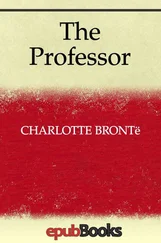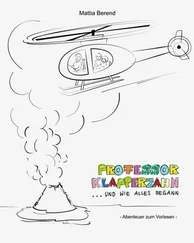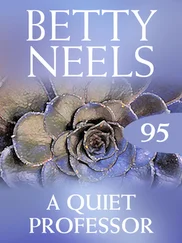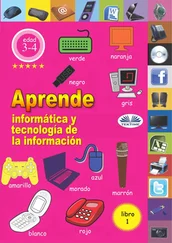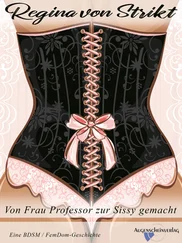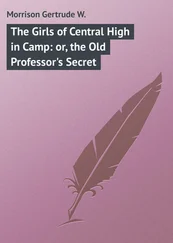Scavenging on carrion or stealing food from other birds (kleptoparasitism) are other commonly employed methods of obtaining food. Kleptoparasitism in gulls is sometimes directed towards their own species and seems more frequent among male gulls. Smaller species of gulls join flock of Lapwings (Vanellus vanellus) and Golden Plover (Pluvialis apricaria), and steal prey items captured by the plovers, particularly when these are too large for them to swallow immediately. Sea ducks, particularly Eiders (Somateria mollissima), are attacked by large gulls when they surface with prey items in their bill, such as crabs, that need to be handled and processed before they can be swallowed. Indigestible items that are eaten by gulls as part of their diet are regurgitated as pellets, and offer a method of identifying some of the food consumed.
DRINKING
All animals need to replace fluid in their bodies; while some obtain sufficient water in their food, others will travel some distance to obtain it. Those species that spend long periods of time at sea or nest on small islands without available fresh water have no option but to drink seawater, although this causes physiological problems owing to its appreciable salt content.
A sailor crossing a large expanse of ocean in a small boat can use a solar still to produce drinking water, and gulls (and many other birds) have the equivalent of this in the form of nasal glands, which are situated between the eyes. When they drink seawater, gulls use these glands to excrete a saline solution that has twice the concentration of the seawater, and by doing so reduce the concentration of salt in their bodies. Not infrequently, gulls are seen with water dripping from the end of their bill. These drops do not necessarily indicate that the bird has recently dipped its beak into water, but are the hypertonic saline solution excreted from the nasal glands. Using this method to remove excess salt from the body involves an energy cost for the birds, so it is not surprising that gulls show a strong preference for accessing and drinking fresh water wherever possible and are frequently seen congregating at freshwater pools and lakes. Herring Gulls at some urban sites even use small pools of fresh water when larger freshwater bodies are not available ( Fig. 14). While Kittiwakes depend entirely on seawater and the healthy functioning of their nasal glands in their pelagic wintering areas, in the breeding season some will fly up to 2 km inland from their colonies to drink and bathe in fresh water. Those gulls that breed in colonies where no fresh water is locally available must depend on their nasal glands throughout the year.

FIG 14. Urban Herring Gull (Larus argentatus) attracted to drink at a small source of fresh water. (Mike Osborne)
VOICE
Most gulls are vocal, particularly in the breeding season, and this plays a part in their breeding behaviour. Calls are usually harsh and loud, and are used in territorial defence, as an alarm when birds are disturbed by predators or in greeting a mate. Quieter calls are used during courtship, and specific calls are also uttered, such as the wack-wack call of the Kittiwake during breeding, which tells its mate that it is not moving locally but is leaving and will be away some time on a feeding trip. Other specific calls are used during copulation, to maintain contact in flocks in flight, and to indicate that a food source has been found and that the calling individual is about to feed.
Studies using sonographs to analyse calls for several gull species have shown that there is a wide range of variation in the same call made by different individuals. Playbacks of the calls indicate that birds can recognise the call of their own mate but fail to respond to the same call when it is made by other individuals, suggesting that voice plays a part in individual recognition in addition to visual cues. Chicks of many gull species are able to recognise their parents at a relatively young age, and likewise the parents can identify their own chicks, apparently by their calls and actions – they respond differently to strange individuals. This is particularly important in species where the young wander or group together in a crèche. The Kittiwake is the exception in that adults appear to be unable to recognise their own chicks, although the usual isolated position of the nest on a vertical cliff face forces most chicks to remain in the same nest until they fledge. Occasionally, when two nests are built side by side, a Kittiwake chick will move across to the neighbouring nest and join chicks already there. If the wandering chick is placed back in its own nest, it soon returns to the neighbouring nest again, but such moves seem to be accepted by both pairs of adults.
ROOSTING
Gulls are inactive in the darkness of the night, spending these hours passively, although some species feed locally where there is strong artificial illumination, such as around working trawlers and in town centres. Most gull species spend the night in large flocks, with many roosting on water in sheltered bays at the coast, on reservoirs and on lakes, or on land in places that are free of predators, such as small islands.
Gull roosts are composed of single or mixed species, and may number thousands of individuals. Roost sites are often used year after year if their position excludes mammalian predators. Most species avoid roosting on water exposed to severe wave action, presumably because they do not possess the behavioural adaptations needed to cope with resting and sleeping while sitting on rough or breaking water. Sabine’s Gull, Ross’s Gull and the Kittiwake are totally oceanic outside the breeding season and are the only gulls that regularly spend the night far from shore. Kittiwakes will also roost offshore during the breeding season if they are not incubating or protecting small young in the nest. Before egg-laying, they leave the colony at, or long after, sunset and fly many kilometres out to sea in the dark.
CHAPTER 2
Black-headed Gull
APPEARANCE
The Black-headed Gull (Chroicocephalus ridibundus) is a small gull with a wingspan of about 85 cm. It is common both on coasts and inland, and while it is less abundant than the Kittiwake (Rissa tridactyla), it is much more familiar to the public thanks to its dark head in summer ( Fig. 15, left), which gives rise to its common name. The hood is actually dark brown, not black, and while the eye is also dark, the white semicircle around the back of it draws attention to it when the bird is seen at close range. The species is frequently attracted to food in towns and even large cities, both inland and on the coast, but for more than half of the year adults lack the dark hood and are more difficult to identify. At that time, the white head has only small, dark grey patches behind the eyes, but the red bill and legs, and the light leading edge to the wing when in flight, aid recognition ( Fig. 15, right). The sexes are similar, with the male being only slightly larger than the female.

FIG 15. Adult Black-headed Gull in summer plumage (left) and winter plumage (right). (Left, Alan Dean, right, Nicholas Aebischer)
Juveniles differ markedly from the adults. They have brown feathers on the wings, on the back of the neck and on top of the head, and these form part of a cryptic patterning that helps to conceal them in vegetation before they fledge. During the first year of life, they lack the bright red legs and bill of the adults, and, although present, the white outer edges to the wings are less obvious. First-years have a black band to the tail, but as this is also present in several other species of small gulls in their first year of life, it is a useful characteristic to age but not to species identification. In the first summer after hatching, the immature birds develop a dark hood later than the adults; this is usually incomplete and mixed with some white feathers. They also retain most of the dark band to the tail. Following the autumn moult, immature individuals entering their second year of life assume the adult plumage, including an all-white tail, but many still have less intensely red legs at this stage.
Читать дальше




